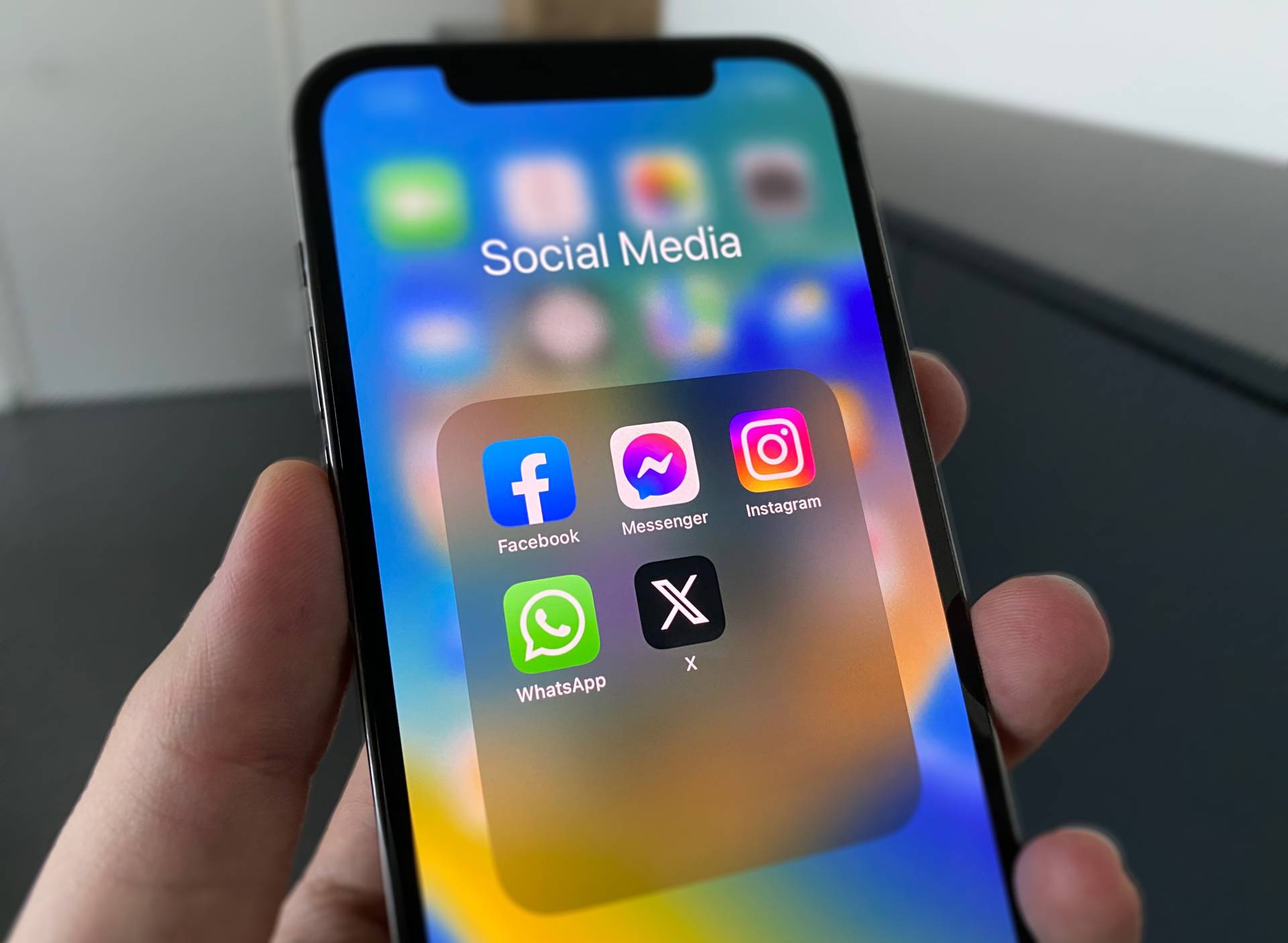In a surprising move, Twitter has undergone a major transformation, rebranding itself as “X” and replacing its iconic blue bird logo with a sleek, minimalistic design. The unconventional billionaire owner, Elon Musk, has expressed his ambition to transform Twitter into an everything app similar to China’s WeChat. However, this rebranding has left many marketers puzzled and questioning the decision. In this article, we will delve into the implications of Twitter’s transformation to X and explore the challenges it may face in maintaining its brand identity and meaning.
Brands play a crucial role in capturing the attention and loyalty of consumers. They serve as identifiable signifiers that evoke emotions and provide cognitive shortcuts for decision-making. Branding helps companies differentiate their offerings in a crowded market and enables consumers to make informed choices. Twitter had successfully established a strong brand identity and recognition globally, representing a significant amount of brand value. However, the sudden rebranding has resulted in the loss of approximately $4 billion worth of brand value.
While brand recognition is important, the meaning associated with a brand holds even greater significance. Brands must evoke positive thoughts and feelings to attract consumers. Negative associations can deter customers from choosing a particular brand. The use of the letter “X” in the rebranded Twitter logo holds various meanings, such as representing the unknown or signifying death. These diverse interpretations may not align with the desired image of the brand. Ultimately, brands derive their meaning from the collective negotiation and construction of consumers, influencing their purchasing decisions and cultural practices.
Twitter’s rebranding to X presents a significant challenge in maintaining brand meaning. While other companies, such as Facebook and Google, have undergone name changes at the corporate holding level to signify material changes in their products or operations, Twitter’s change to X has occurred at the consumer product level. Moreover, there have been no substantial changes to the platform’s functionality or aesthetics, making the rebranding seem superficial. This raises questions about the necessity and effectiveness of the name change in reflecting the company’s goals and ambitions.
For Twitter’s transformation to X to align with Musk’s ambitious aspirations, it must go beyond superficial changes. The rebranded platform needs to demonstrate tangible improvements and provide explicit and implicit communications that reflect its intended meaning. Simply altering the logo, name, and color palette is not enough to redefine the brand. Trust and belief in the product and its stewardship are essential for attracting and retaining users. Twitter’s recent decline in consumer sentiment, decreased user traffic, and declining ad revenue highlight the need for substantive changes rather than mere rebranding efforts.
Elon Musk’s grand plan for Twitter’s transformation remains largely unknown. While speculations abound, only time will reveal the true intentions behind the rebranding to X. Elon’s fascination with the letter “X” is evident, with X Corp serving as his holding company and his son’s name pronounced as “X”. However, the erratic nature of the changes and the uncertainty surrounding Musk’s actions may undermine public trust and confidence in the brand. Building a super app and gaining public belief requires more than a logo or a name; it necessitates a clear vision and consistent performance.
Brand meaning is deeply embedded in the minds and hearts of consumers. It is the associations, emotions, and beliefs that determine a brand’s true value. Twitter’s rebranding to X may evoke cognitive and affective responses that feel more erratic than futuristic, given the platform’s turbulent history of changes. The challenge for Twitter is to communicate and manifest its intended meaning to resonate with users effectively. This requires a comprehensive strategy that goes beyond visual identifiers and encompasses product performance, implicit messaging, and explicit communications.
In the face of uncertainty, brand identity and trust are crucial. Consumers need to feel confident in the brand and its ability to deliver on its promises. Twitter’s rebranding to X may raise questions about the platform’s stability and reliability. To maintain trust, Twitter must focus on reinforcing its brand identity and rebuilding consumer confidence through consistent messaging, transparency, and genuine improvements in its offerings.
History has shown that name changes alone do not alter the meaning associated with a brand. Examples like JC Penny’s rebranding to JCP and Radio Shack’s temporary name change to The Shack demonstrate that the underlying brand perception remains largely unchanged. Twitter must learn from these examples and ensure that the rebranding efforts are not merely vanity projects but substantive transformations that align with user expectations and needs.
The transformation of Twitter into X marks a pivotal moment for the platform. It is an opportunity to redefine its brand identity, meaning, and purpose. However, the success of this endeavor hinges on the ability to deliver tangible improvements and establish a clear vision that resonates with users. Twitter must actively engage its audience, listen to their feedback, and adapt accordingly. By focusing on the substance behind the rebrand and fostering trust, Twitter has the potential to navigate this journey successfully.
In summary, Twitter’s rebranding to X has undoubtedly been a shocking and puzzling move for many. The loss of brand value and the challenges in maintaining brand meaning highlight the complexities of rebranding efforts. To succeed, Twitter must go beyond superficial changes and focus on delivering substantive improvements, establishing a clear vision, and rebuilding consumer trust. The journey ahead may be uncertain, but with a strategic approach and a deep understanding of its audience, Twitter has the opportunity to redefine itself and create a meaningful and engaging platform for users worldwide.
First reported on Forbes
Frequently Asked Questions
Why did Twitter rebrand itself to “X”?
Twitter underwent a surprising rebranding, transforming itself into “X.” This move was driven by the unconventional billionaire owner, Elon Musk, who aims to turn Twitter into an everything app similar to China’s WeChat.
What is the significance of branding for companies?
Brands are important for capturing consumer attention and loyalty. They serve as recognizable symbols that evoke emotions and aid decision-making. Branding helps companies differentiate themselves in the market and enable consumers to make informed choices.
What was the impact of Twitter’s rebranding on its brand value?
The sudden rebranding resulted in a loss of approximately $4 billion worth of brand value for Twitter. This loss highlights the significance of brand recognition and identity.
Why is brand meaning important for companies?
Brand meaning encompasses the positive associations and emotions consumers have towards a brand. Negative associations can deter customers from choosing a brand. The rebranded logo and name “X” may have diverse interpretations that do not align with the desired brand image.
How does Twitter’s rebranding challenge its brand meaning?
The rebranding to “X” challenges Twitter’s brand meaning by introducing potential negative associations and by appearing superficial without substantial changes to the platform’s functionality or aesthetics.
What challenges does Twitter face in maintaining its brand identity?
Twitter’s rebranding must go beyond superficial changes to maintain its brand identity. Trust and belief in the product and its stewardship are essential for attracting and retaining users.
What is the role of Elon Musk in Twitter’s rebranding?
Elon Musk, the owner of Twitter, has ambitious plans to transform it into an everything app. His fascination with the letter “X” is evident in his holding company and his son’s name. However, the unpredictability of his actions may affect public trust in the brand.
How can Twitter successfully navigate its rebranding to “X”?
Twitter’s success in rebranding to “X” depends on delivering tangible improvements, establishing a clear vision, and rebuilding consumer trust. The platform must actively engage its audience, listen to feedback, and focus on substance rather than superficial changes.
Why is maintaining brand trust crucial for Twitter?
Consumers need to feel confident in the brand’s stability and reliability. To maintain trust, Twitter must reinforce its brand identity, rebuild consumer confidence through consistent messaging, transparency, and genuine improvements.
What can Twitter learn from past rebranding examples?
Twitter can learn from examples like JC Penny’s rebranding to JCP and Radio Shack’s name change to The Shack. These examples show that name changes alone do not significantly alter underlying brand perception.
What potential lies in Twitter’s rebranding to “X”?
Twitter’s rebranding to “X” presents an opportunity to redefine its brand identity, meaning, and purpose. By focusing on substantive improvements and user engagement, Twitter can successfully navigate this transformation and create a meaningful platform.
How can Twitter create a meaningful and engaging platform after rebranding to “X”?
Twitter can create a meaningful and engaging platform by delivering tangible improvements, establishing a clear vision, fostering trust, and actively engaging its audience. Through these efforts, Twitter can redefine itself and resonate with users worldwide.
Featured Image Credit: Unsplash; Julian Christ













